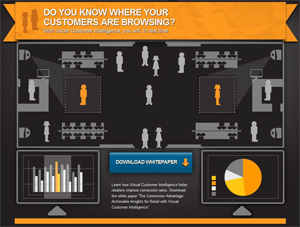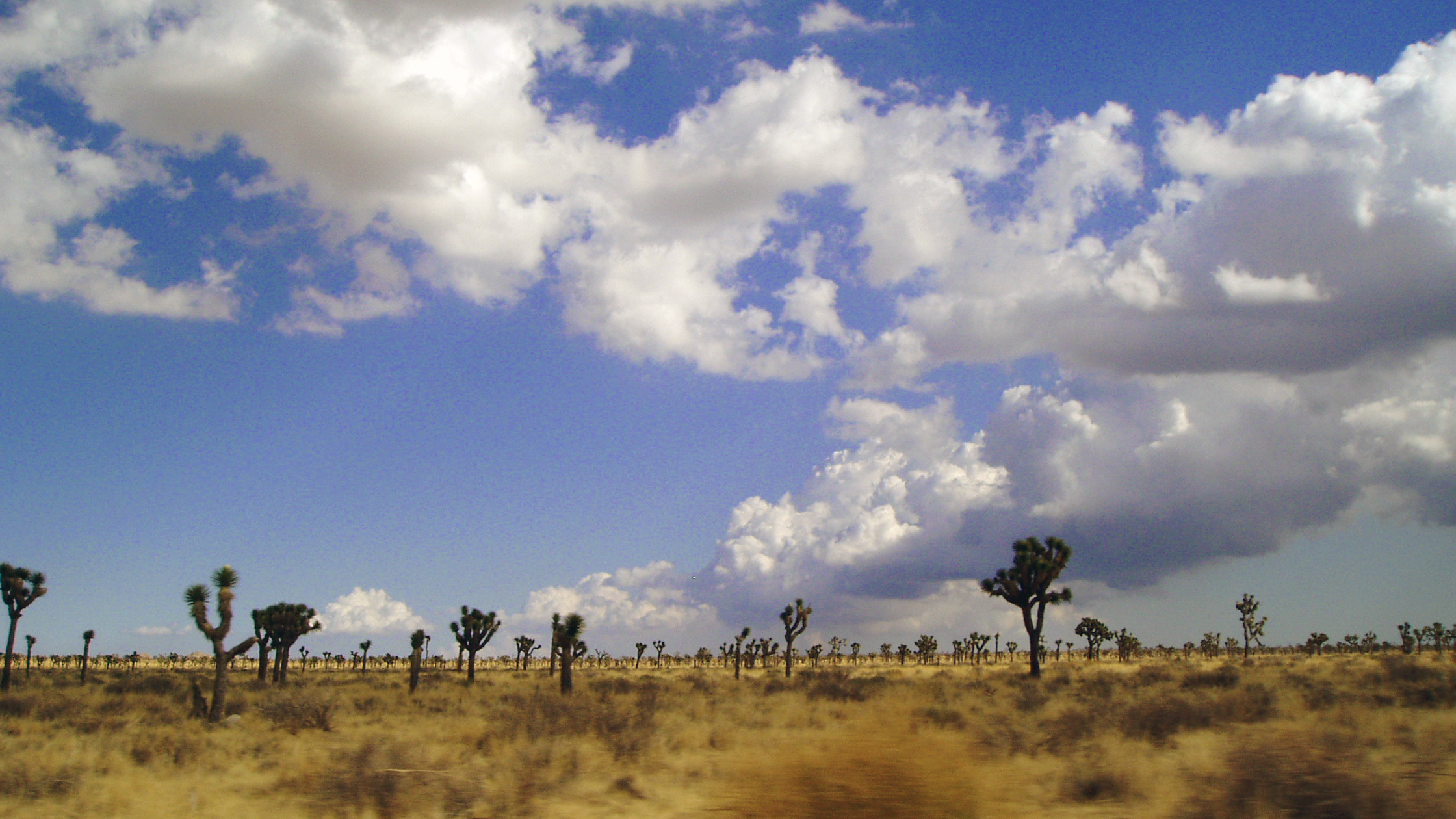IN FAST-MOVING CONSUMER GOODS, the art and science of merchandising requires an informed balance of interrelated decision processes.
Microeconomics tells us that product sales rate will be related to price, albeit somewhat elastically. Space planning endeavors to allow sufficient quantities of each product to be stocked to meet shopper demand, without tying up excess capital. Assortment planning attempts to fit the most productive and satisfying mix of items into the space available. Inventory management balances the labor costs of replenishing shelves against in-stock levels.
There are other “levers” that figure into the process – from promotions, to new product introductions, to the depth and timing of markdowns, to the influence of competitors and even the weather. Taken collectively, these amount to a matrix of influencers on productivity and rates of sales.
For the retailer this comes down to the simultaneous management of customer engagement, assortment optimization, and pricing and profitability management. Or, as IBM DemandTec director of product management Carol Teng expressed in “A New Generation of Assortment Optimization,” a recent webinar hosted by PlanetRetail: “The right focus; the right product; the right price.”
[Learn more about IBM’s DemandTec solutions at its “Revolutionary Decisions” microsite.]Teng shared five guiding principals for assortment optimization that are well worth summarizing here:
- Put the customer at the center.Make decisions based on actual customer demand, enabled by lowest level of data available. SKU proliferation adds costs for both retailers and manufacturers. Extreme choice does not necessarily drive more sales. Manufacturers face added costs due to forecasting and planning. Shoppers ultimately pay the cost for more unneeded variety.
- Don’t rationalize. Optimize. Keep key variety on the shelf, not just a simplified assortment that results from a “rank-and-cut” process. Use analytics to identify the weak-but-unique SKUs that are incremental and therefore important to keep. Identify products that are duplicative in the middle of the assortment curve, freeing up space to add truly incremental items.
- Localize. Average assortments yield average results. Store clustering enables assortments that are appropriately tailored to variations in consumer demand. Employ clustering tools that enable the right assortments to be derived based on demand variations across categories, banners and stores.
- Leverage available technology. This unlocks greater analytical potential. More sophisticated merchandising decisions are possible because computing power, customer intelligence, item intelligence, and connectivity are all on the increase. Mine available rich data sources: store, category, shopper and operational.
- Processs and organization changes are critical. Advisory functions currently in place support Category Management and vendor relations. In the near future, new advisory functions are needed with specific assortment optimization expertise at the cluster and banner level, based on insights about customer behaviors.
“We believe customer assortment truly is the next growth lever in retail,” Teng said. The building blocks for this capability begin with superior data sources, like POS and basket analysis; frequent shopper data on re-purchase and brand switching behavior; and shopper panels that reveal losses to competitors.
Assortment and other merchandising decisions are best made not in isolation, but in an inter-connected environment – a matrix, if you will. Ultimately assortment optimization will depend on an understanding of incremental demand and transferable demand. Practitioners must monitor these continuously as situations evolve. For each and every SKU and store cluster.
(This article was commissioned by IBM, which is granted the right of republication. All other rights reserved.)




